Travels through Historical Fiction: the Romance of Cornwall

Land’s End viewed from the south.
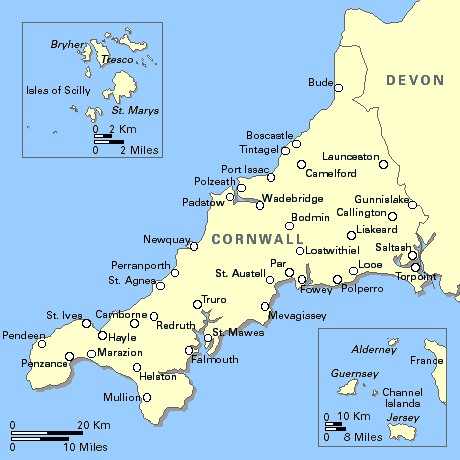 On England’s far southwestern coast lies a land that has sparked the imaginations of travelers, artists, writers, and readers for generations. The mere mention of its name brings visions of surf crashing against rocky cliffs, of pirates lying in wait for the unwary traveler or seafarer, of windswept moors where King Arthur once strode, and of mansions where young women found suspense and romance. Cornwall, given its culture, language, history, and climate, kissed as it is by the Gulf Stream, almost seems a land apart from the rest of the UK. If the those persons quoted above are to be believed, it is. In fact, there are movements afoot suggesting that Cornwall be given the same rights and privileges as other “national minorities” in Britain and even calling for devolution from the UK.
On England’s far southwestern coast lies a land that has sparked the imaginations of travelers, artists, writers, and readers for generations. The mere mention of its name brings visions of surf crashing against rocky cliffs, of pirates lying in wait for the unwary traveler or seafarer, of windswept moors where King Arthur once strode, and of mansions where young women found suspense and romance. Cornwall, given its culture, language, history, and climate, kissed as it is by the Gulf Stream, almost seems a land apart from the rest of the UK. If the those persons quoted above are to be believed, it is. In fact, there are movements afoot suggesting that Cornwall be given the same rights and privileges as other “national minorities” in Britain and even calling for devolution from the UK.
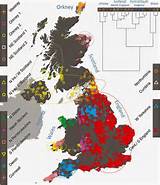 It has long been argued that the Cornish people are a distinct ethnic group descended from ancient Celtic tribes, much like the Scots, Welsh, and Irish.[1] A new genetic map of the UK based on extensive DNA research supports this argument. It shows that the DNA of people native to Cornwall for generations and that of those in neighboring Devon are distinctly different and that the genetic division is drawn along the present county line.[2] With a renewal of the Cornish language, its own flag and national day, genetic homogeneity, and cultural identity, the Cornish devolution movement is receiving some press, similar to the movement in Scotland.[4] Like the Scots and the Irish, Cornwall also has a patron saint, in fact, three, but only St. Piran is honored with a holiday.
It has long been argued that the Cornish people are a distinct ethnic group descended from ancient Celtic tribes, much like the Scots, Welsh, and Irish.[1] A new genetic map of the UK based on extensive DNA research supports this argument. It shows that the DNA of people native to Cornwall for generations and that of those in neighboring Devon are distinctly different and that the genetic division is drawn along the present county line.[2] With a renewal of the Cornish language, its own flag and national day, genetic homogeneity, and cultural identity, the Cornish devolution movement is receiving some press, similar to the movement in Scotland.[4] Like the Scots and the Irish, Cornwall also has a patron saint, in fact, three, but only St. Piran is honored with a holiday.
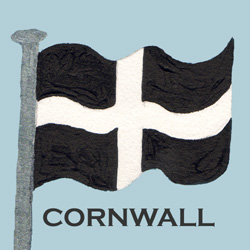
Flag of St. Piran March 5 is St Piran’s Day
St. Piran was a 5th century Cornish abbot. Legend has it that he was expelled from Ireland by pagan chieftains who threw him into the sea, whereupon he floated across the water to Cornwall on a millstone. Since historians and archeologists are certain there was much movement during ancient times between Ireland and the other islands of the present day UK, St. Piran’s coming from Ireland makes sense. I leave it to your judgement regarding the floating millstone.
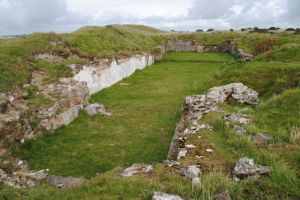
Foundations of St. Piran’s church.
Whatever his origin and truth, St. Piran founded a church and became the patron saint of tin miners, which is no surprise considering the impact mining had on the topography and economy of Cornwall. From ancient times through 1998 with the closing of the last tin mine, mining was a driving force in the history of the county.
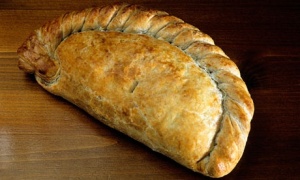 Mining is even credited with the development of that most Cornish of foods, the pasty. It is said that the pasty with its thick, crescent shaped crust on one side provided a way for the miners to hold their food without poisoning themselves with the residues of the metals they were digging from the earth. Considering that arsenic was among those metals, the pasty contains a touch of genius. In addition to tin and arsenic, other metals like copper were extracted for generations. All of this digging in the earth has left some interesting ruins where the mines once operated. Fans of the PBS/BBC Masterpiece Theater series Poldark will recognize the abandoned mines where many scenes are filmed.
Mining is even credited with the development of that most Cornish of foods, the pasty. It is said that the pasty with its thick, crescent shaped crust on one side provided a way for the miners to hold their food without poisoning themselves with the residues of the metals they were digging from the earth. Considering that arsenic was among those metals, the pasty contains a touch of genius. In addition to tin and arsenic, other metals like copper were extracted for generations. All of this digging in the earth has left some interesting ruins where the mines once operated. Fans of the PBS/BBC Masterpiece Theater series Poldark will recognize the abandoned mines where many scenes are filmed.

Abandoned tin mine near St. Agnes

Aidan Turner, he of Hobbit and Poldark fame.
The popularity of the Poldark series, based on the novels of Winston Graham, is just the latest phase in the romance with Cornwall. Personally, my first encounter with the idea of Cornwall was through the gothic romances of Victoria Holt. The boredom of a sweltering summer day led me to my parents’ shelf of Reader’s Digest Condensed Books. I skimmed the titles and pulled out one that included Mistress of Mellyn. At the time, I had only a vague notion that I liked all things British.
Reading Holt’s book transported me to an exciting world of gothic mansions, dark secrets, and romance. What was there not for a young girl to love? I quickly read through all of Holt’s novels and moved on to Daphne du Maurier’s Rebecca, Jamaica Inn, and The House own the Strand. While Rebecca was contemporary suspense when it was first published, from today’s perspective the novel reads like historical fiction.
The number of novels set in Cornwall is a fairly large. Space and time do not allow an all inclusive listing. The gallery below includes some the titles I have enjoyed. I leave you to search out others on your own. The titles are in no particular order. Happy reading!
Gallery of Book Covers
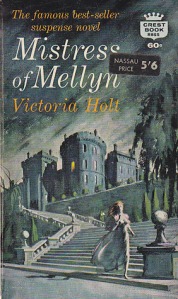
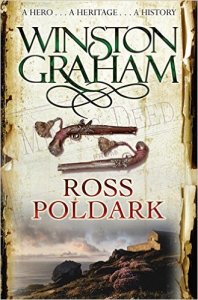

Although a work of contemporary suspense when first published, from the present perspective it reads like historical fiction.
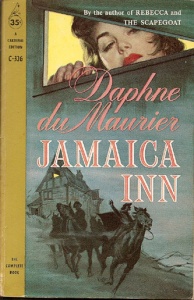

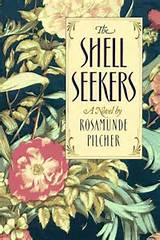

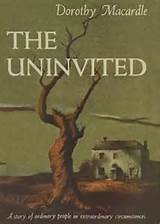
Another novel that was contemporary when first published, but now has the feel of historical fiction.

Since the librettos of operettas and musicals are often called books, I couldn’t resist including this!
Gallery of Historic Cornwall

Daphne du Maurier and her children at Menabilly House believed to have been the inspiration for Manderley in Rebecca.
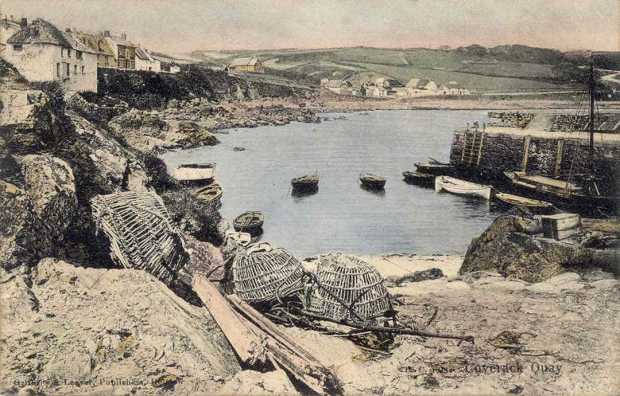
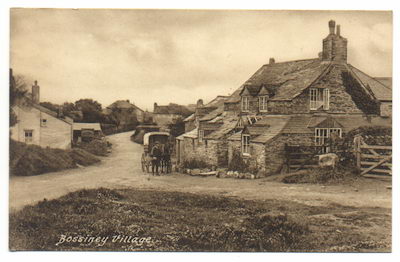
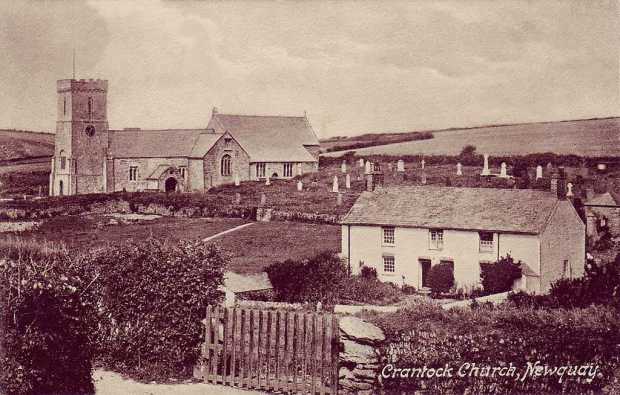
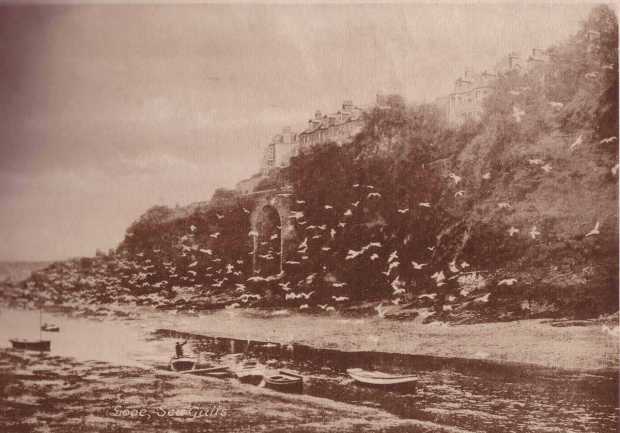
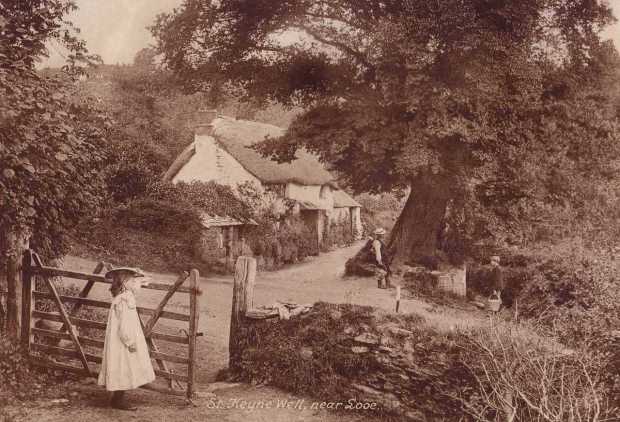
Notes
- http://www.telegraph.co.uk/news/newstopics/howaboutthat/10783775/Why-the-Cornish-are-different-from-the-rest-of-the-UK.html, accessed 1/18/2016.
- http://www.theverge.com/2015/3/18/8252797/uk-genetic-map-reveals-invasions-regional-identity, accessed 1/18/2016.
- http://www.theverge.com/2015/3/18/8252797/uk-genetic-map-reveals-invasions-regional-identity, accessed 1/18/2016.
- http://www.theguardian.com/travel/2012/jun/24/free-cornwall-independence-campaign, accessed 1/18/2016.
Gorgeous post. I’ve had a snapshot tour and learned a lot.
LikeLiked by 1 person
Thank you, Cindy! So glad you enjoyed the post. Cornwall is definitely on my bucket list!!
LikeLike
Love all the pictures. Makes me want to go, too. Can almost feel the wind in my hair.
Great post, Linda.
LikeLiked by 1 person
Thanks, Becky!!
LikeLike
Excellent pictures. Makes me want to go there now. Thanks for sharing!
LikeLiked by 1 person
Thank you for dropping by, Christoph!
LikeLiked by 1 person
LoL as a Devonian I hope you’re doing Devon as well! 😀 (long term rivalry between Devon & Cornwall – even down to how we put cream on our scones – Devon = cream then jam : Cornwall = jam then cream. Our Devon pasties are better too *laugh*
LikeLiked by 1 person
Oh my, Helen, I certainly didn’t mean to jump into the middle of a rivalry, but it looks like I may have! Thank you so much for dropping by and I promise Devon will be up before we leave southern England! I need to do a little research to make that happen, but History Imagined can’t be the cause of trouble between neighbors! By the way, your comments regarding scones make me think that a whole series could be done on that food alone! 🙂
LikeLiked by 1 person
LOL – we have Tarka the Otter, Westward Ho, Sense & Sensibility was set in Devon …. Lorna Doone, Hound of the Baskervilles… Dickens woz ‘ere…Hilary Mantel , War Horse.. two book festivals (Budleigh Salterton and Appledore) – Devon Pasties…. Devon Custard… Devon cream. They say that when God kicked Adam and Eve out of Heaven they made their way to glorious Devon! 😀
LikeLiked by 1 person
Love it, Helen! You’ve gotten my imagination cooking! I Googled books set in Devon and found sooooo many, including several of my favs that were contemporary when published but now read like historical fiction. I started wondering. Would you be interested in helping me with the post on Devon? I think it would add a lot to the post to have a Devon resident as a resource. You would, of course, be given credit as a guest contributor. How about it? We could work out the details later. If you are interested, please contact me through my website: http://www.lindapennell.com/
LikeLiked by 1 person
I’ll email you Linda. 🙂
LikeLiked by 1 person
If you do a series on scones of southwest England, be sure to ask the Pottery Cafe in Port Isaac how they make their delicious gluten-free scones! I just adored them 🙂
LikeLiked by 2 people
I too have always loved reading books by Victoria Holt and Daphne du Maurier. I find I reread them and they are such a joy to have on my bookshelf. I know read Kate Mortons book set in Cornwall and really enjoy them too.
LikeLiked by 1 person
Hi Elise, thank you for dropping by. Though I rarely re-read books, I am thinking that I may revisit the ones mentioned in the post because it’s been many years since I read them last. I love gothic romance and it’s harder to find today. Regency seems to have taken its place!
LikeLiked by 2 people
I’m having the same thought as you Linda – I read Victoria Holt long ago… far enough back to come to them completely afresh I think! Thanks for the nudge Elise!
LikeLiked by 1 person